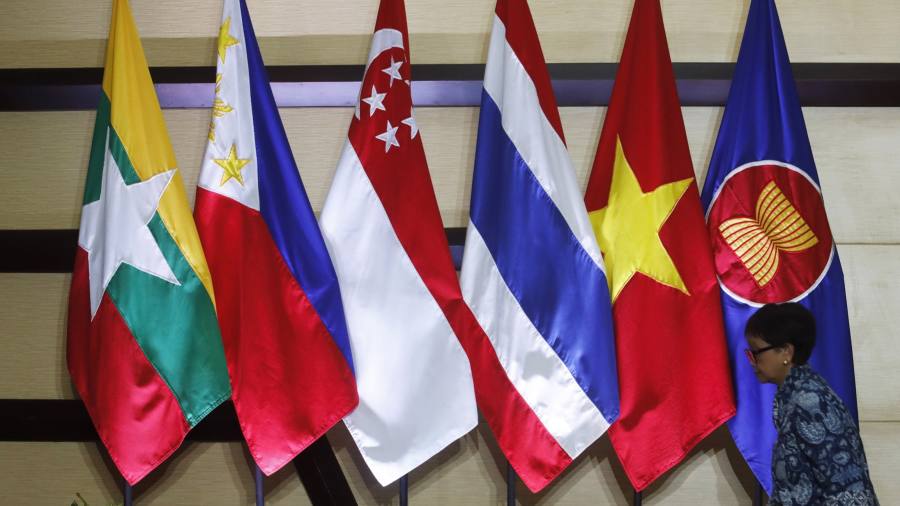The writer is governor of the Bank of Korea
March 24 marks the 13th anniversary of the Chiang Mai Initiative Multilateralisation (CMIM), a currency swap network designed to ensure financial stability among member states of the Association of Southeast Asian Nations, as well as China, Japan, and Korea.
The devastating impact of the 1997 Asian financial crisis led to the establishment of a regional safety net to address short-term liquidity difficulties in the region and to serve as an alternative to the IMF.
Since its inception, the CMIM’s lending capacity has doubled to $240bn, a significant number even when compared to the IMF’s $1tn in firepower. It has also added a crisis prevention facility and extended its lending programme maturities.
But despite these impressive strides, the CMIM’s effectiveness has not been market-tested as member countries have not utilised it. This raises serious concerns about the network’s functionality.
It is unfortunate that the CMIM has lagged behind the European Stability Mechanism, which was established two years later. The ESM was used several times to prevent contagion effects during the European debt crisis, and it has established a solid market-tested record. As a result, it is now a well-regarded regional financing arrangement, despite being a relative latecomer.
Why doesn’t the CMIM inspire confidence in its effectiveness, unlike the ESM? The answer lies in the fact that it uses a pledge-based system that relies on bilateral swaps, which fundamentally limit the network’s ability to instil confidence during a crisis. The Covid-19 pandemic is a case in point, as it has affected not only swap-recipient countries but also swap-providing ones, potentially placing significant political burdens on the latter when they are providing funding.
A new IMF policy states that money disbursed through bilateral swap arrangements may not qualify as foreign exchange reserves of swap-providing countries if it supports balance-of-payment needs in recipient countries. This reduces the swap-providing countries’ incentive to keep their pledges, as they would have to accept a decrease in their foreign reserves. In contrast, the ESM uses a funding system based on paid-in capital that provides greater assurance and stability during a crisis.
To be more effective, the CMIM needs to transition from a pledge-based system to a fully-funded one. This would separate its balance sheet from those of its member countries, alleviate funding uncertainty, and increase its credibility during crises.
As the region’s member countries lack convertible currencies, finding ways to recognise paid-in capital to the CMIM as foreign exchange reserves, similar to capital subscriptions at the IMF, is essential.
Technological advances and interest in improving cross-border payment systems through central bank digital currencies also present opportunities to enhance the CMIM. Hong Kong, Singapore and other Asian economies are conducting CBDC pilot experiments, which have already demonstrated potential benefits in reducing cross-border transaction costs and settlement risks.
However, further research is needed to ensure the system can function properly on a large scale, especially in times of crisis. If the liquidity provision mechanism can be programmed in advance by using the digital currencies of global and regional safety nets, such as the IMF and the CMIM, it can enhance the current cross-border CBDC platform.
Asian policymakers have long sought to establish an effective regional safety net. Upgrading the CMIM to a new institutionalised fund system based on paid-in capital should be a top priority. Beyond their pledges, member countries need to have skin in the game.
Read the full article here



